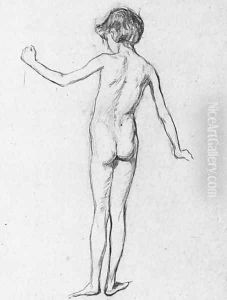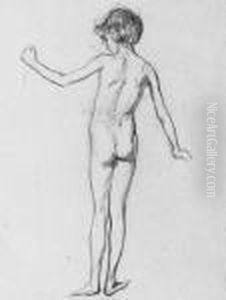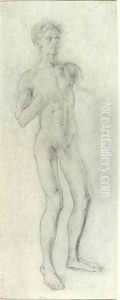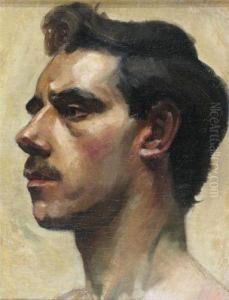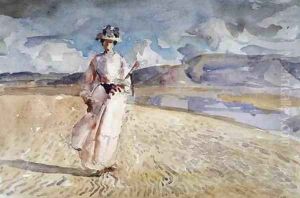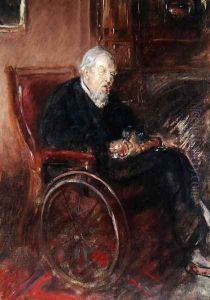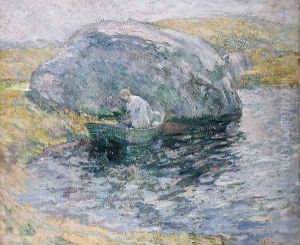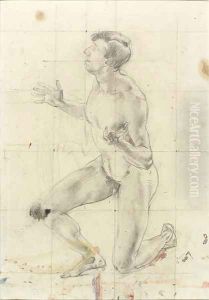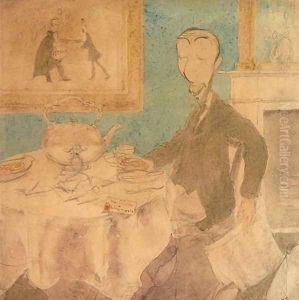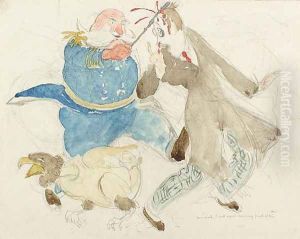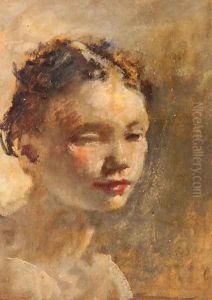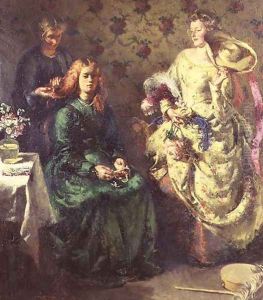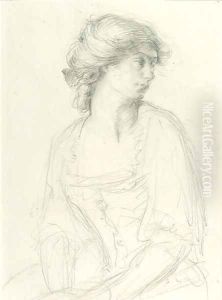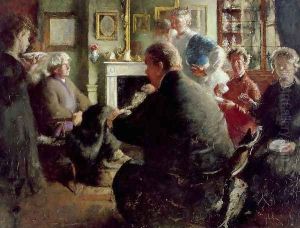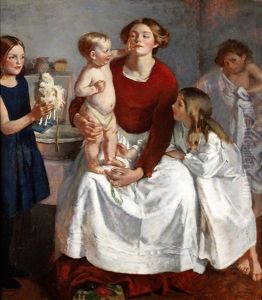Henry Tonks Paintings
Henry Tonks was a British surgeon and later a draughtsman and influential art teacher, best known for his role as a professor of drawing at the Slade School of Fine Art in London. Born on April 9, 1862, in Solihull, Warwickshire, Tonks initially pursued a career in medicine and became a successful surgeon. However, his passion for art led him to study at Westminster School of Art and later at the Slade, where he became a protégé of the artist and then-professor, Alphonse Legros.
Tonks' work as a surgeon influenced his artistic style, which often reflected a clinical precision and focus on anatomy. Despite not being widely known for his own paintings, Tonks played a crucial role in the development of British art during the late 19th and early 20th centuries through his teaching. His students included some of the most important British artists of the time, such as Stanley Spencer, Paul Nash, and Mark Gertler.
During World War I, Tonks served as a lieutenant in the Royal Army Medical Corps. His experiences in the war had a profound impact on him, and he was later appointed as an official war artist. Tonks produced a significant body of work that documented the war's brutal impact on soldiers, including a series of pastel drawings depicting facial injuries and reconstructive surgery on wounded servicemen at the Queen's Hospital in Sidcup, which became one of his most notable contributions to the art of war.
After the war, Tonks returned to teaching at the Slade and continued to influence generations of artists until his retirement in 1930. He remained associated with the school until his death on January 8, 1937. Tonks was also a member of the New English Art Club and exhibited with them regularly. Although his strict teaching methods and his role in the conservative art establishment sometimes made him a controversial figure, his impact on the education and cultivation of British artists is undeniable.
